Assets found







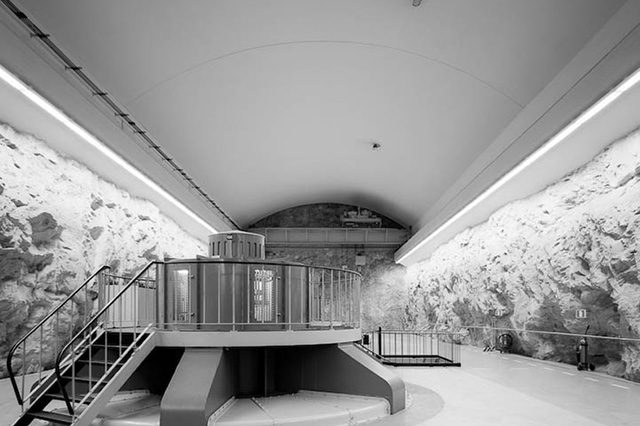


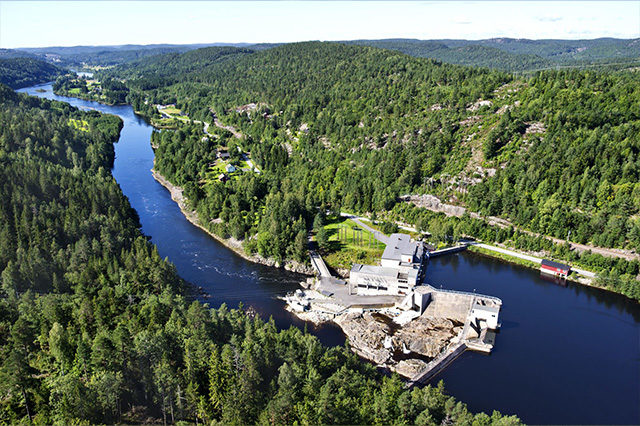


Fennefoss

Technology:
Hydro
Year of Commissioning:
2023
Installed Capacity:
9.5 MW
Earmark:
No Support
Fennefoss power plant is built on an area that was previously characterized by mining and nickel production, where there were, among other things, large slag heaps. The area is now prepared as a publicly accessible hiking area. The Furuly bathing area and the riverbank along Odden Camping have also been upgraded as a result of the power plant construction.













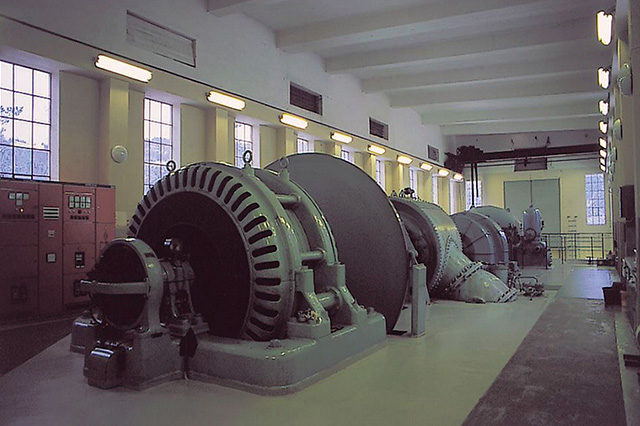










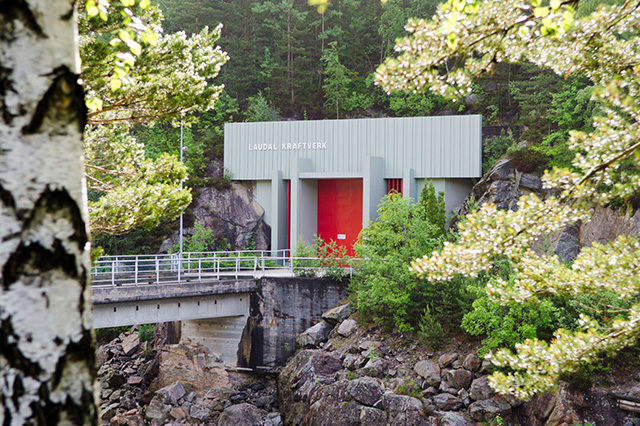

















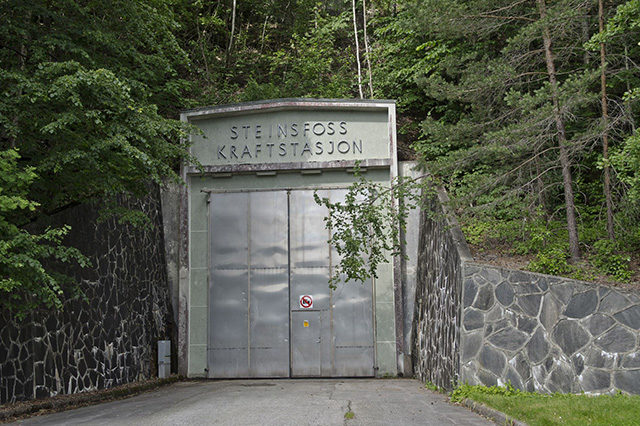


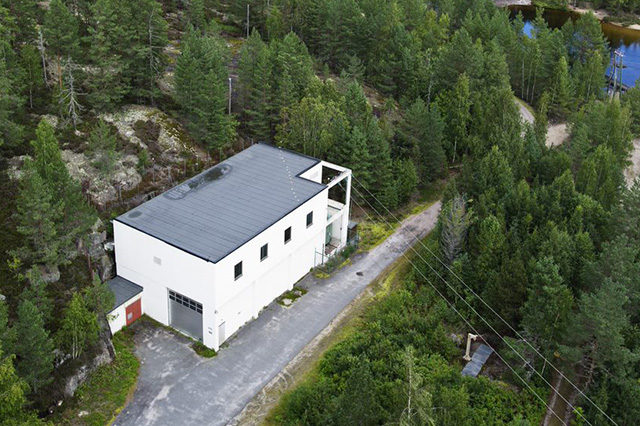


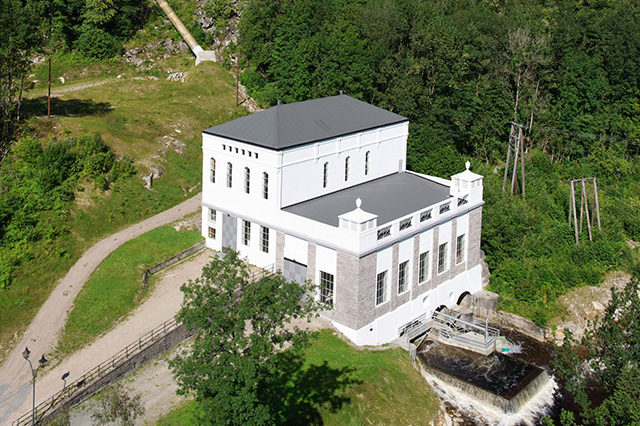
 Sweden
Sweden  Finland
Finland 
